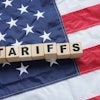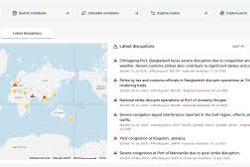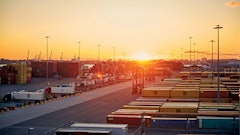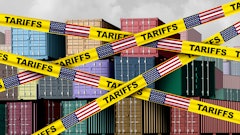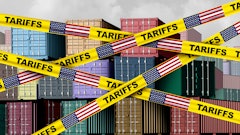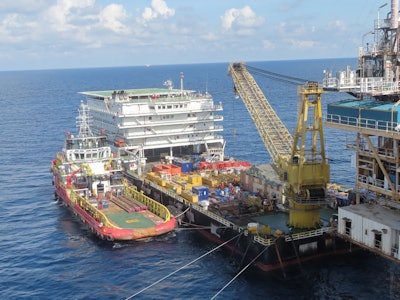
The supply chain space is experiencing substantial market adjustments driven primarily by tariff uncertainties, significantly impacting U.S. import patterns, according to Dimerco Express Group’s September 2025 Asia-Pacific Freight Market Report.
Containerized imports to the United States are projected to experience a notable decline of 19-21% year-over-year from September to December 2025. This downturn has prompted businesses to critically evaluate and revamp their sourcing strategies, enhance supply chain resilience, and incorporate greater flexibility into operational frameworks to manage potential disruptions.
On the other hand, the air freight sector is observing a robust peak-season uptick originating from Southeast Asia, primarily attributed to rising demand for advanced AI servers, consumer electronics, and various other high-tech commodities. Notably, export activity from key markets such as Vietnam, Thailand, and Malaysia is significantly surpassing volumes from China, signaling a shift in regional export dominance.
Key takeaways:
● Overall U.S. import volumes are anticipated to decline by approximately 5.6% through 2025, driven largely by tariff-driven uncertainties. Businesses are increasingly compelled to adopt dynamic sourcing strategies and responsive logistics solutions to navigate this volatile trade environment.
● Airlines have proactively augmented capacity to meet surging demand on Transpacific Eastbound (TPEB) routes. This strategic capacity expansion is crucial to accommodating increased volumes of technology-driven exports, particularly during the traditional freight peak season.
● To counteract persistent overcapacity and subdued demand conditions, major ocean carriers have implemented strategic measures, including approximately 7% capacity reductions. These adjustments are predominantly impacting transpacific routes, underscoring the industry's ongoing efforts to maintain operational stability and profitability.




